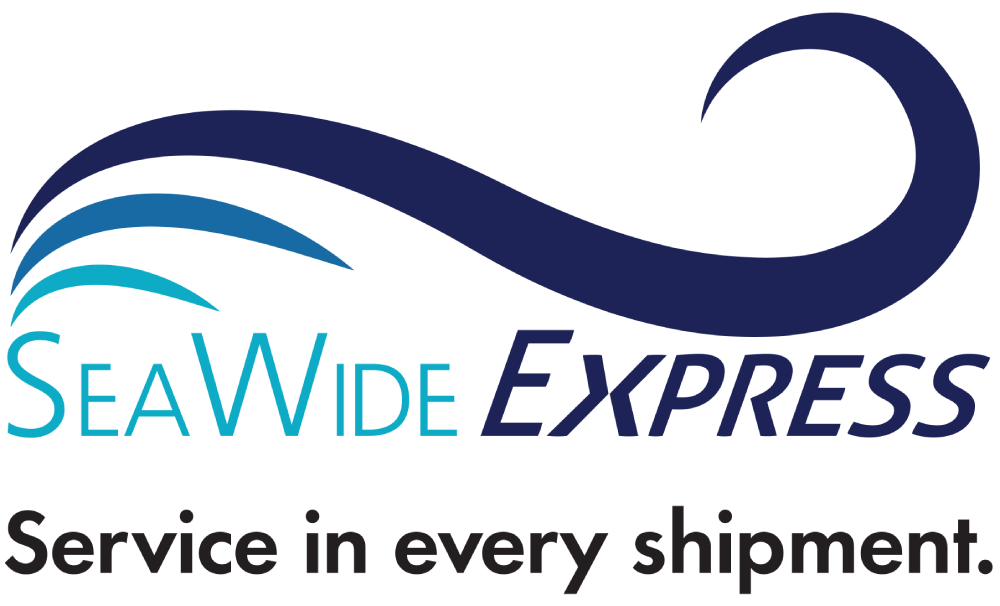Meeting Summer Retail Surges: Ocean Freight Strategies for Remote Destinations
As summer tourism peaks, retailers in remote locations face a familiar yet formidable challenge: keeping shelves stocked despite limited sailing schedules and long transit times. Without careful planning, you risk lost sales, costly expedited freight, and unhappy customers. SeaWide Express specializes in ocean freight solutions tailored to remote markets, here’s how we help retailers conquer the summer surge.
1. Optimize Sailing Schedules
Hawaii & Alaska: SeaWide offers twice-weekly sailings, ideal for replenishing apparel, electronics, and promotional goods.
Guam: Our weekly service provides predictable transit windows for essential merchandise.
Align your order cut-off dates with these schedules to avoid last-minute spot surcharges and ensure on-time arrivals.
2. Zone-Skipping Consolidation
Traditional LTL routes often tack on multiple handling fees and slow transit times. Instead, zone-skipping, or consolidating your shipments into container loads at our West Coast hubs, bypasses several domestic terminals.
Consolidation Centers: We operate facilities in La Habra, CA and Fife, WA, where we consolidate LCL shipments from multiple vendors into a single container load)
Benefits: You pay a single container rate, reduce damage risk by minimizing touches, and cut total transit days by up to 25%.
This approach is especially effective for seasonal displays, promotional inventory, and bulk goods.
3. Establish Contingency Routing
Even the best-laid plans can face vessel delays, port congestion, or weather interruptions. SeaWide Express maintains strategic partnerships with multiple carriers
Breakbulk & Open-Deck Alliances: For oversized retail displays or expo materials, we coordinate with breakbulk specialists to protect your investment.
4. Leverage Real-Time Visibility
SeaWide’s Customer Portal gives you a single pane of glass for tracking every leg of your shipment; ocean, drayage, and final-mile trucking. Automated alerts flag berth delays, or temperature excursions (for refrigerated goods), allowing you to react before problems escalate.
Postseason analytics highlight which lanes or sailings perform best, guiding next year’s planning.
5. Understanding the Remote Retail Supply Challenge
Long Lead Times: Sailings to non-contiguous islands can take 7–14 days, requiring early booking.
Port Congestion: Peak season crowds terminals, delaying loading and unloading.
High Carrying Costs: Excess inventory to hedge against delays ties up capital.
Conclusion
Remote markets require specialized ocean freight strategies to manage peak summer demand. By combining optimized sailing schedules, zone-skipping consolidation, contingency routing, and real-time visibility, SeaWide Express empowers retailers to maintain high on-shelf availability, minimize freight spend, and deliver an exceptional customer experience.
Ready to secure your summer supply chain? Request a freight forwarding quote to craft a tailored ocean freight plan for Hawaii, Alaska, and Guam.

